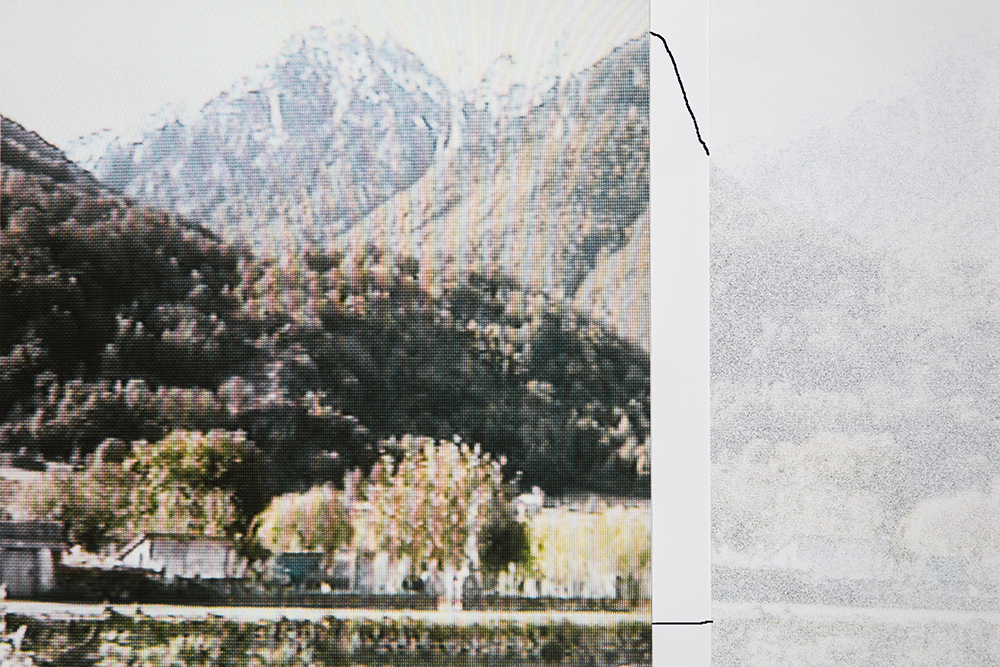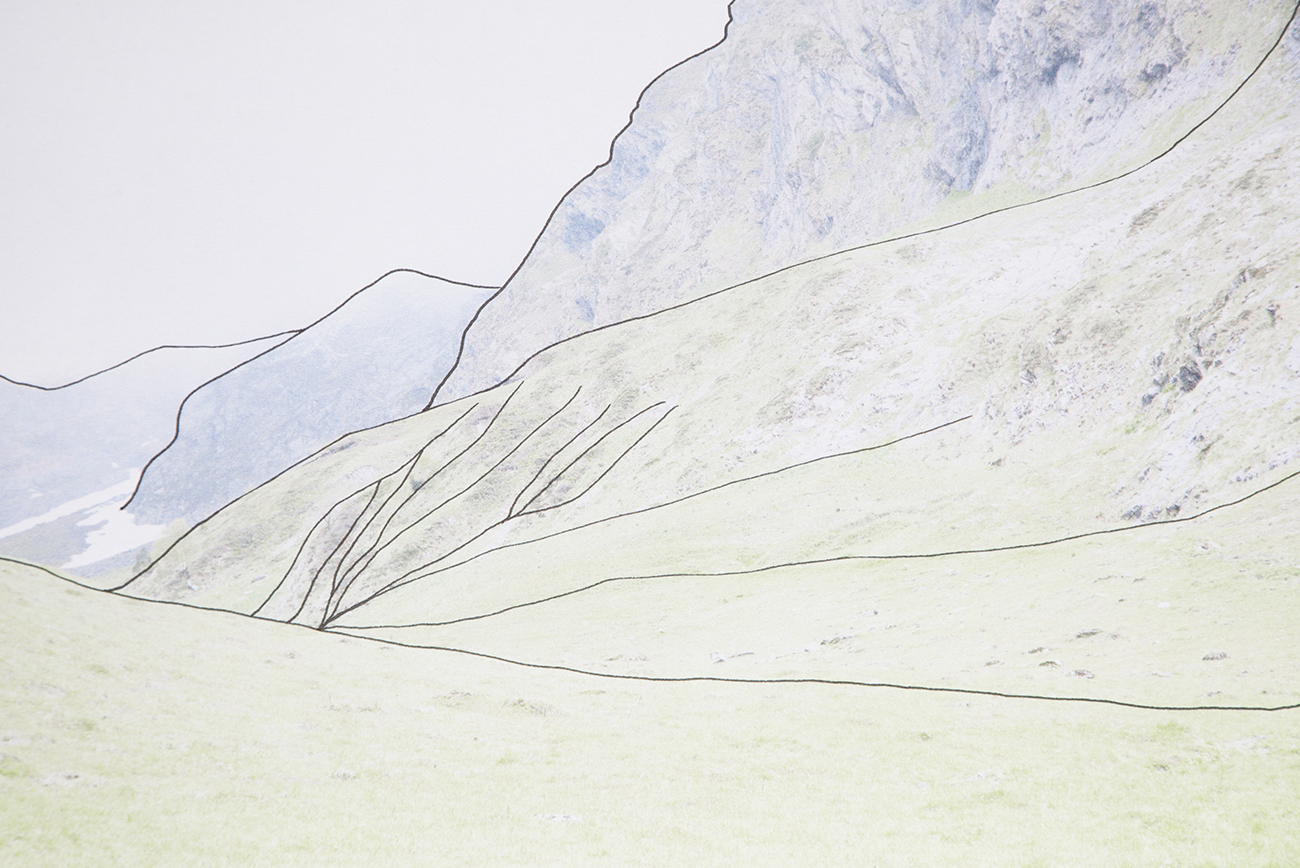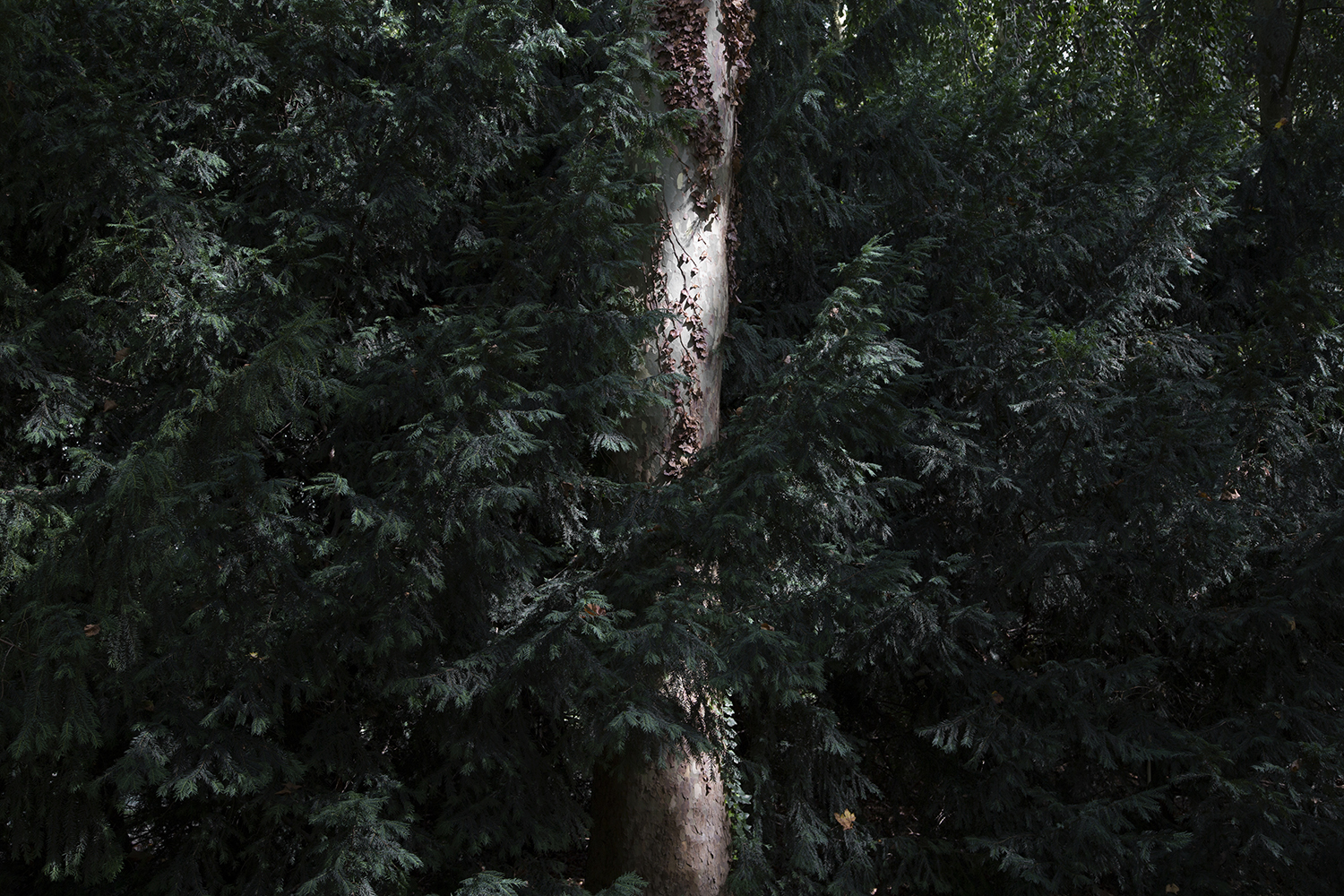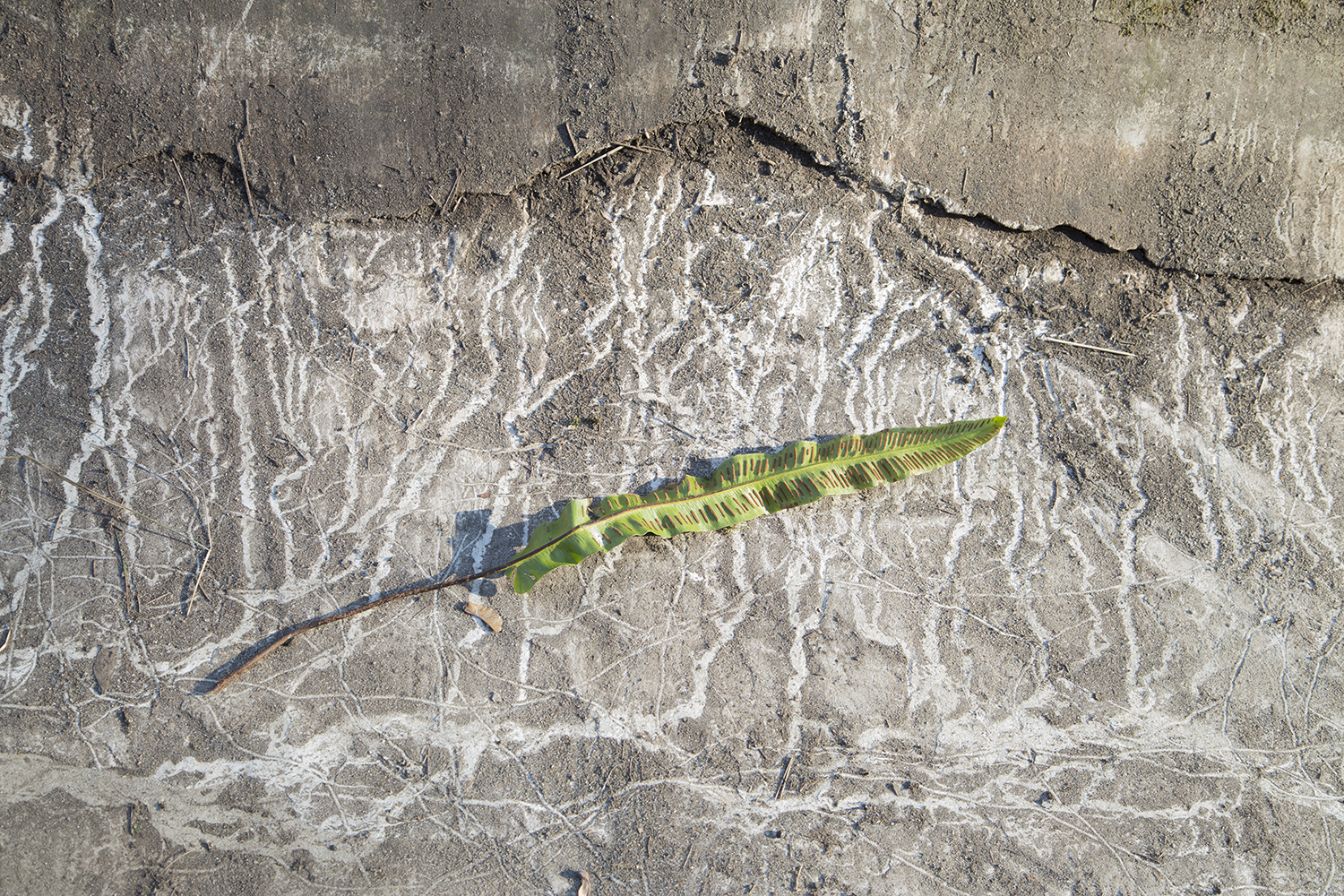LA FRONTIÈRE — NATHALIE DÉPOSÉ
by Benedetta Casagrande
19.10.2016

Many discourses around photography have been primarily concerned with what is a photograph rather than with what a photograph does. The shift of focus from what it is to what it does places emphasis on the objecthood of the photograph, which “exists in time and space and thus in social and cultural experience”¹. As pointed out by Elizabeth Edwards in her essay Photography and the Sound of History the photograph is a relational object which is constructed and assumes meaning in relation to a cultural historical framework which does not only touch upon mere historical facts, but expands to include personal interpretation and collective experience. Beyond that, it actively contributes in shaping the way we think about and narrate history.
The traditional family album - which has often been overlooked by photography theorists whilst attracting the attention of anthropologists - provides a useful tool to explore the social context which photography itself contributed to shape through its very existence. Hence, the family album has become, unwillingly, a device which narrates both personal and collective histories. The reiteration of images and events which can be found in most family albums (such as weddings, birthdays, baptisms and holidays) are specific to their time and reflect the historical context in which they were made.
With the decline of the family album due to developing technologies and the advent of photography as a contemporary artistic media, alongside the profound social changes which upset the idea of the ‘traditional family’, the devices employed to explore and document family histories have also profoundly changed. Whilst the traditional family album was mainly a means to construct the family’s social identity by commemorating and crowning their successes, contemporary photographers turn to the photographic media to re-investigate and re-explore the family’s narrative.
The traditional family album - which has often been overlooked by photography theorists whilst attracting the attention of anthropologists - provides a useful tool to explore the social context which photography itself contributed to shape through its very existence. Hence, the family album has become, unwillingly, a device which narrates both personal and collective histories. The reiteration of images and events which can be found in most family albums (such as weddings, birthdays, baptisms and holidays) are specific to their time and reflect the historical context in which they were made.
With the decline of the family album due to developing technologies and the advent of photography as a contemporary artistic media, alongside the profound social changes which upset the idea of the ‘traditional family’, the devices employed to explore and document family histories have also profoundly changed. Whilst the traditional family album was mainly a means to construct the family’s social identity by commemorating and crowning their successes, contemporary photographers turn to the photographic media to re-investigate and re-explore the family’s narrative.

In 2015 French photographer Nathalie Déposé began her project La Frontière for which she retraced the journey that her grandfather had done at the age of ten to cross the border from Spain into France in 1932. Assembling and disassembling the fragmented narratives which she was provided with from her family members, as well as through the use of found footage and appropriated photography, Déposé set on a journey which re-explores her family history making it her own. Appropriated images taken by her grandfather merge and interact with the new images taken by the young photographer, as an extended landscape which stretches and expands coherently through time from eye to eye, from generation to generation. The landscape, on the border between Bagnère de Luchon and Aran Valley, appears timeless and uncanny. The images provide little or no information about the grandfather’s journey. Rather opening a window on the personal history of her family, Déposé’s photographic work unfolds the creases of memory and its fragmentation, working between the factual and fictional, exacerbating the complexities of memory and of how we hand it down to our successors.
Going beyond mere indexical documentation, Déposé’s work is a reconstruction of narratives which employs different strategies to make visible the set of relationships which construct a photograph in its objecthood. Her direct intervention and action-centred approach to the media returns the photograph to the realm of objects in which the creative process becomes in itself a mediation within the social process. Elizabeth Edwards points out that “photographs become not simply visual history but crucially oral history, linked to sound, gesture and relationship.”
The current proliferation of photographic works which explore family roots through an investigation of the family’s migration movements is a direct reflection of a century of globalization marked by the dissolvement of frontieres and the construction of borders. Reconstructing one’s own identity is a painstaking process which somehow parallels the work of anthropologists, pending in the delicate balance between historical facts and fiction. Fantasy runs and fills the gaps between historical events, weaving something closer to a tapestry of contemporary impressions of long-gone pasts, the personal and the collective experience merging into a unique impression of a given time and place.
Going beyond mere indexical documentation, Déposé’s work is a reconstruction of narratives which employs different strategies to make visible the set of relationships which construct a photograph in its objecthood. Her direct intervention and action-centred approach to the media returns the photograph to the realm of objects in which the creative process becomes in itself a mediation within the social process. Elizabeth Edwards points out that “photographs become not simply visual history but crucially oral history, linked to sound, gesture and relationship.”
The current proliferation of photographic works which explore family roots through an investigation of the family’s migration movements is a direct reflection of a century of globalization marked by the dissolvement of frontieres and the construction of borders. Reconstructing one’s own identity is a painstaking process which somehow parallels the work of anthropologists, pending in the delicate balance between historical facts and fiction. Fantasy runs and fills the gaps between historical events, weaving something closer to a tapestry of contemporary impressions of long-gone pasts, the personal and the collective experience merging into a unique impression of a given time and place.




info@ardesiaprojects.com